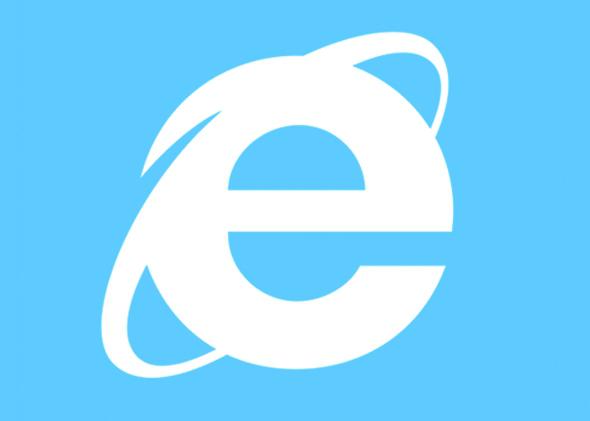Internet Explorer is the butt of a lot of jokes. It has a reputation as a once-popular old-skool browser that’s a little out of touch. And you can’t blame people for thinking that, because it’s true. The browser that currently has the biggest desktop marketshare is IE 8, which is five years old. And the 13-year-old IE 6 still has 3.52 percent marketshare. It launched in 2001. Come on now.
Microsoft has known for a while that supporting all of these IE versions is a less than ideal situation, and the company is finally doing something about it. It’s going to stop supporting anything that isn’t the current version of IE. So if you’re on IE 10 and the current version is 11 (which it is), you’ll have to upgrade, or things will start to break down.
Some browsers, like Chrome, already use this approach. Basically, if you continue to run an old version of Chrome and refuse to update it, things will be mostly fine for awhile, but Chrome developers are no longer patching vulnerabilities or fixing problems in the version you’re using, so it may not be secure and will probably become unstable (glitchy and weird) over time. By continuing to support old versions of IE, Microsoft had to devote development resources to maintaining all the old versions.
This is a great plan. Web developers are going to be thrilled, and the user experience will be streamlined. Beautiful. So what’s the catch? It’s not going into effect until Jan. 12, 2016. Quite a leisurely timeline! But not surprising given the extended swan song afforded many Microsoft products. Maybe now there will be some time to give the official Internet Explorer blog—which currently looks like it just stepped out of 1999—some attention.
